Hi there, pet lovers! 🐸
Fire-bellied toads (Bombina orientalis) are among the most colorful and entertaining frogs to keep as pets. Known for their bright orange or red undersides and energetic personalities, these semi-aquatic frogs are perfect for beginners and experienced keepers alike. In this detailed review, we’ll cover everything you need to know—from their care requirements and temperament to their health needs and availability.
Whether you’re considering adding a fire-bellied toad to your collection or simply curious about these lively amphibians, this guide will help you make an informed decision.
Overview
Fire-bellied toads are small, semi-aquatic amphibians native to East Asia (Korea, China, and Russia). They are famous for their striking warning colors—a bright orange or red belly contrasted with a green or brown back—which signal their mild toxicity to predators. Here’s a quick summary of what makes them unique:
- Handling and Temperament: Best observed rather than handled; they secrete mild toxins.
- Care and Maintenance: Moderate—requires both land and water areas in their enclosure.
- Health and Durability: Hardy but sensitive to water quality and temperature.
- Availability: Commonly found in pet stores and from breeders.
- Cost: Affordable to purchase and maintain.
- Overall: A great choice for those who enjoy active, visually striking amphibians.
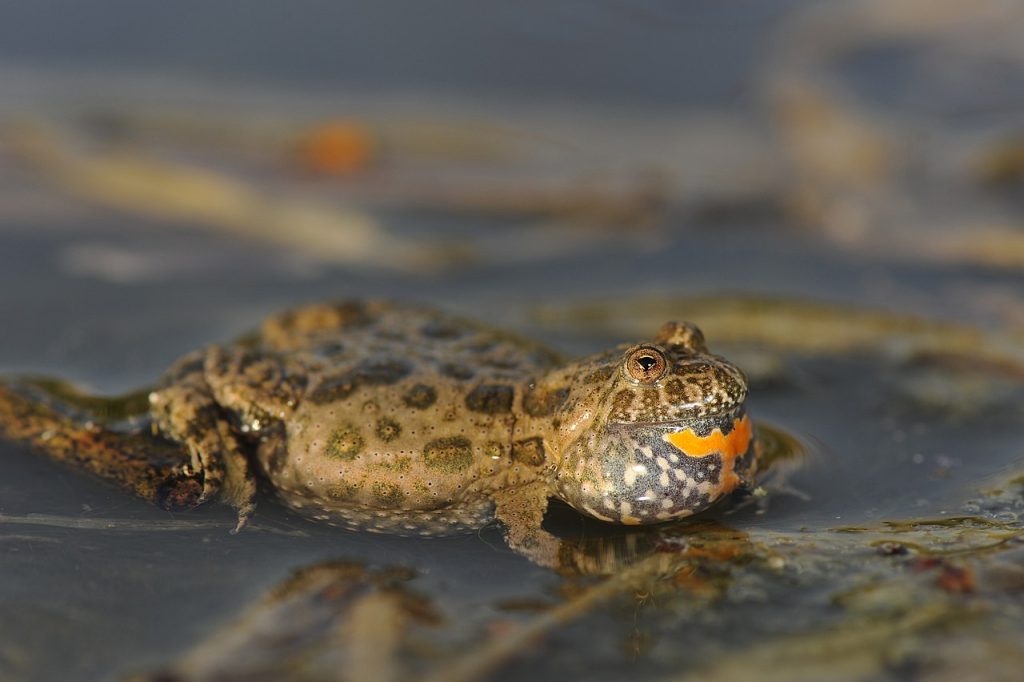
Why Choose a Fire-Bellied Toad?
Fire-bellied toads are ideal for hobbyists who want a visually striking, active, and relatively low-maintenance pet. Their small size (1.5–2.5 inches), vibrant colors, and entertaining behaviors (such as swimming and “belly-flashing” when threatened) make them fascinating to watch.
They thrive in groups, so keeping a small community (3–5 frogs) enhances their natural behaviors. While they aren’t a “hands-on” pet due to their mild toxicity, their lively antics make them a joy to observe.
Handling and Temperament
Fire-bellied toads are not a handling-friendly pet, and for good reason. Their skin secretes mild toxins (harmful if ingested or if it contacts eyes/mouth), so they should be observed rather than held.
Behavior & Personality
- Highly active during the day, making them fun to watch.
- Social—they do well in small groups and often interact with each other.
- Exhibit a unique “unken reflex”—arching their back and flashing their bright belly when threatened.
Safety Tips
- Always wash hands thoroughly before and after tank maintenance.
- Avoid handling unless absolutely necessary (e.g., during tank cleaning).
- Supervise around children and other pets to prevent accidental exposure to toxins.
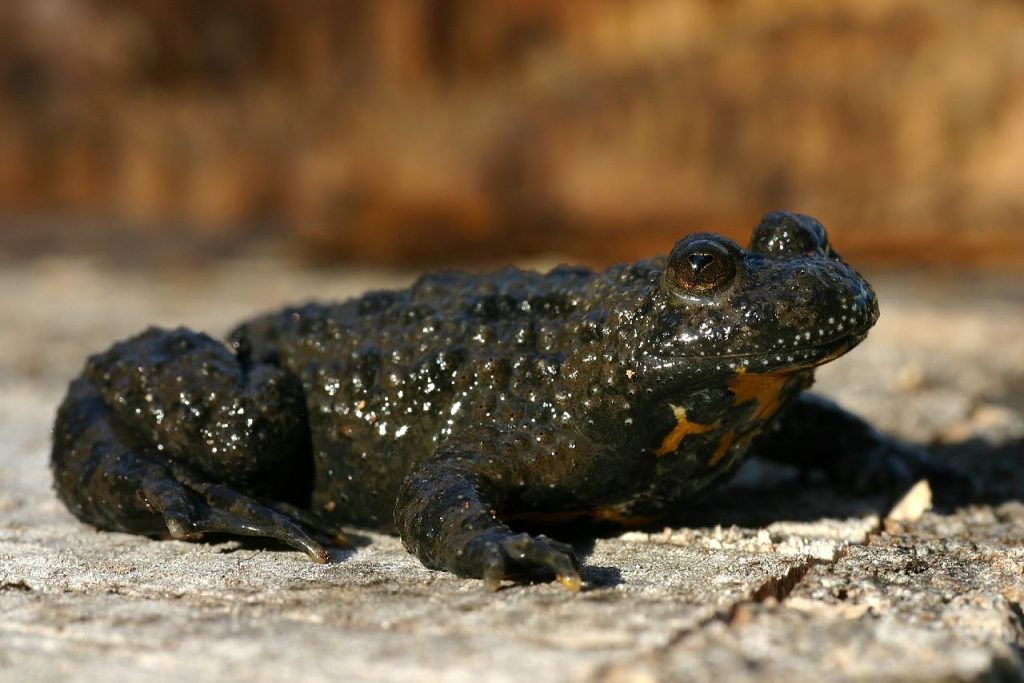
Care and Maintenance
While not as demanding as some amphibians, fire-bellied toads require a carefully balanced habitat to thrive.
Enclosure Setup
- Tank Size: 10–20 gallons for a small group (3–5 frogs).
- Water Area: 50–70% of the tank should be shallow, dechlorinated water (2–4 inches deep).
- Land Area: Provide smooth rocks, floating platforms, or sloping terrain for basking.
- Substrate: Smooth river rocks or bare-bottom tanks (to prevent impaction). Avoid gravel.
- Hiding Spots: Live or artificial plants, cork bark, and caves for security.
Humidity & Temperature
- Humidity: 60–80% (mist daily).
- Temperature: 70–75°F (avoid extremes; they tolerate cooler temps but not heat).
- Lighting: Low-level UVB (optional but beneficial) and a day/night cycle with ambient light.
Feeding
- Diet: Primarily live insects—crickets, mealworms, waxworms, and fruit flies.
- Supplements: Dust food with calcium + D3 2–3 times a week.
- Feeding Schedule: Every other day for adults, daily for juveniles.
Health and Durability
Fire-bellied toads are generally hardy, but poor water quality or incorrect temperatures can lead to health issues.
Common Health Issues
- Skin Infections: Caused by dirty water or rough handling.
- Parasites: Internal parasites from contaminated food sources.
- Stress: Overcrowding or improper habitat conditions.
Preventative Care
- Weekly water changes (25–50%) to maintain cleanliness.
- Quarantine new frogs before introducing them to an established group.
- Monitor behavior—lethargy or loss of appetite signals a problem.
With proper care, they can live 10–15 years, making them a long-term commitment.
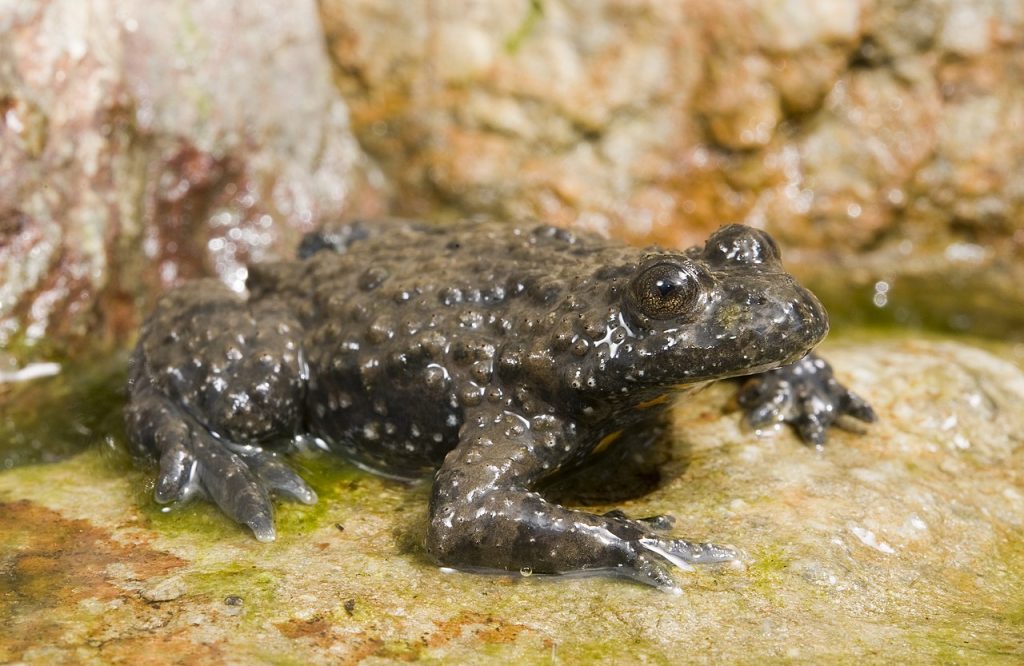
Availability and Cost
Fire-bellied toads are widely available and budget-friendly.
Where to Buy
- Pet Stores: Common in reptile/amphibian specialty shops.
- Breeders: Best for healthy, captive-bred specimens.
- Reptile Expos: Great for finding high-quality frogs.
Cost
- Frog Price: $15 to $30 per frog.
- Setup Cost: $100 to $200 (tank, filter, decor, etc.).
Pros and Cons
Pros
✅ Striking, colorful appearance.
✅ Active and entertaining to observe.
✅ Social—can be kept in groups.
✅ Relatively low-maintenance compared to other amphibians.
Cons
❌ Not suitable for handling (toxic secretion).
❌ Requires both land and water setup.
❌ Sensitive to poor water quality.
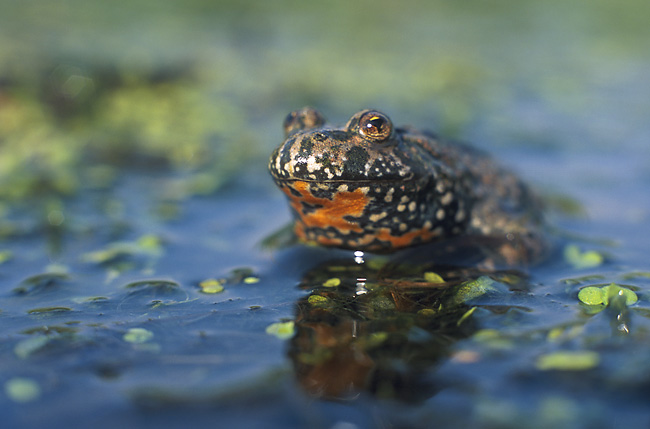
Final Thoughts
Fire-bellied toads are a fantastic choice for those who want a visually stunning, active, and engaging amphibian pet. While they aren’t for handlers, their vibrant colors and lively behaviors make them a captivating addition to any amphibian enthusiast’s collection.
If you’re considering fire-bellied toads, we recommend starting with a small group in a well-prepared habitat. Their care is manageable, and their personalities are endlessly entertaining!
Have you kept fire-bellied toads before? Share your experiences in the comments! We’d love to hear your tips and stories.
For more amphibian care guides, stay tuned to our blog—and don’t forget to subscribe! 🐸

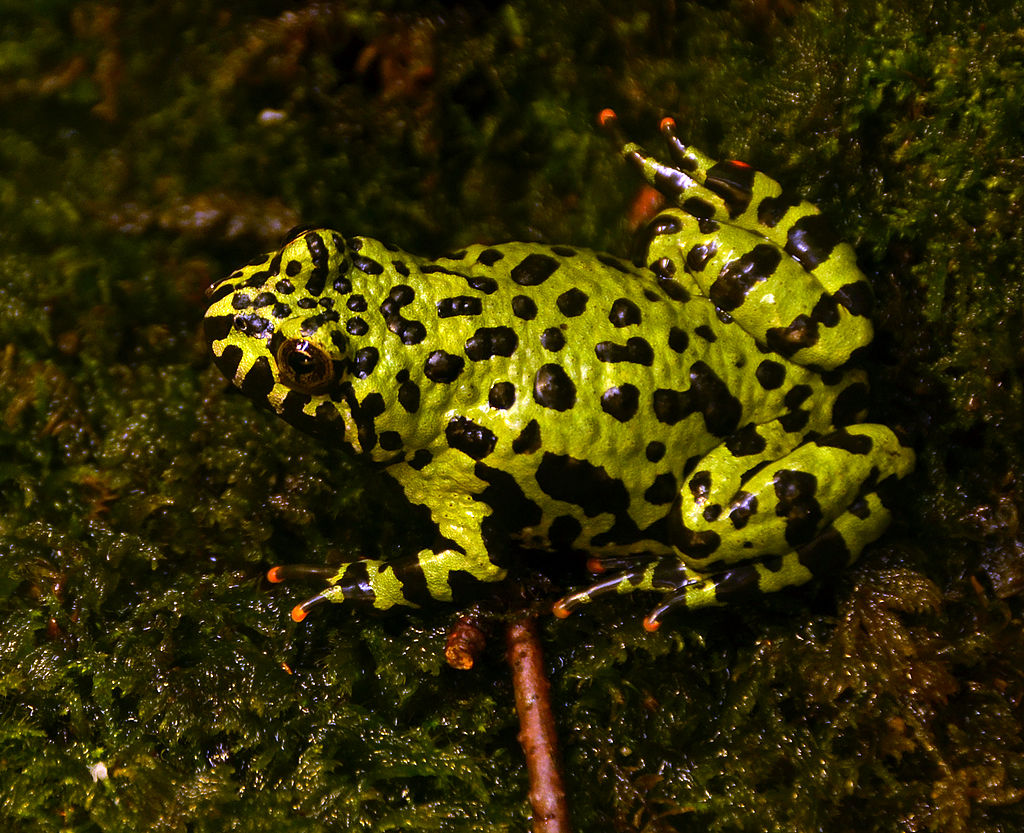

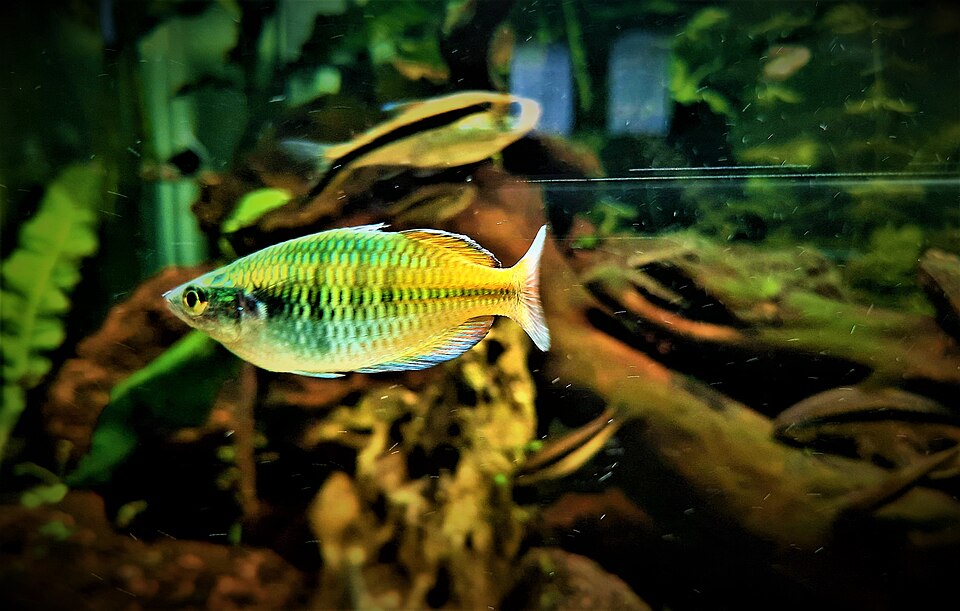
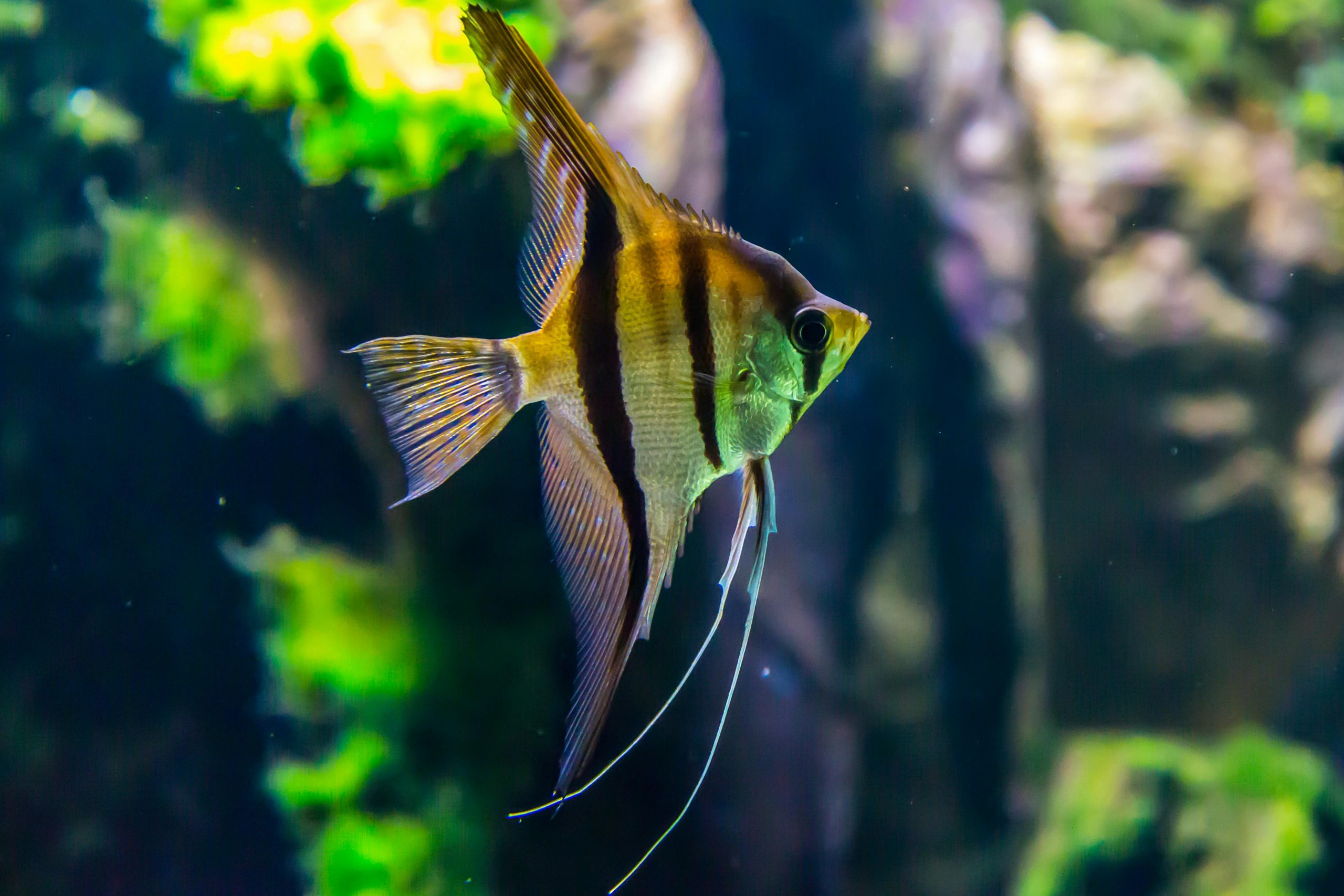
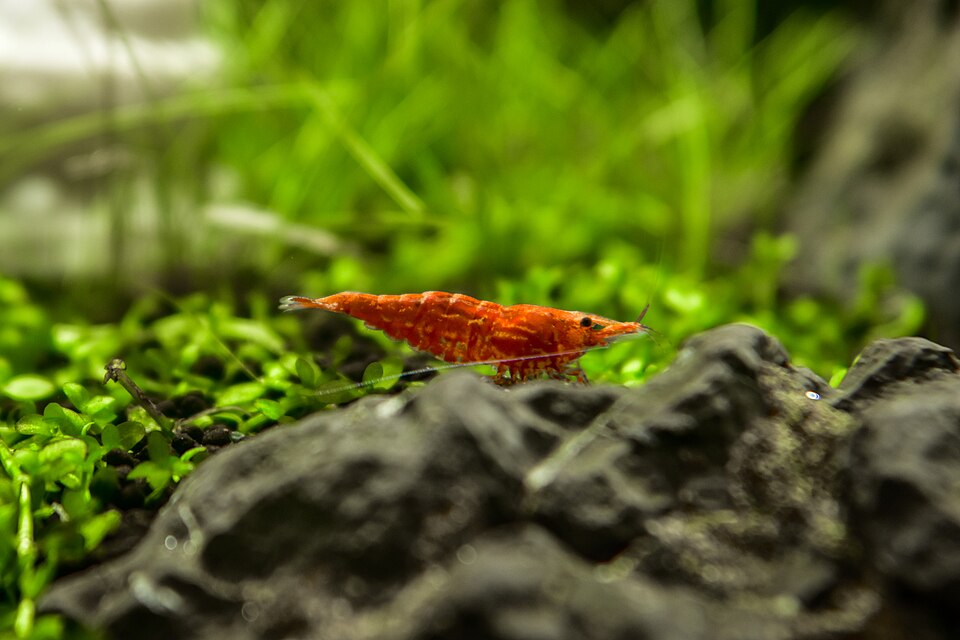


Leave a Reply